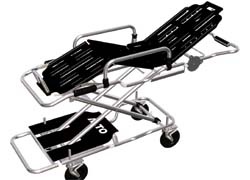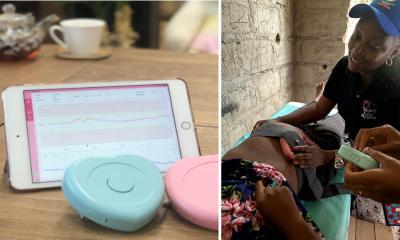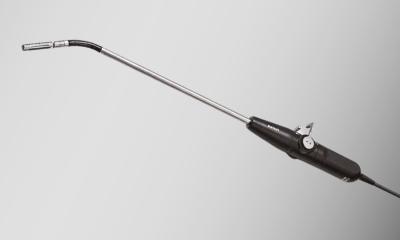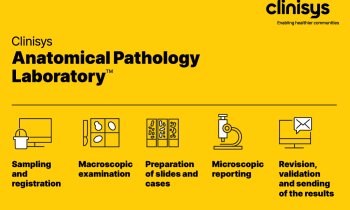A stretcher with hydraulic lifting system
Italy's smart, innovative design enjoys a worldwide reputation. This also applies to the country's healthcare products.

To meet demand for a stretcher that can automatically rise up one metre - frequently necessary when moving patients from bed to stretcher and transferring them between hospitals - Spencer Italia S.r.l. has produced a completely new concept - the Alto.
Its potential uses are many. For example, many X-ray tables are about a metre high, but no stretcher is produced in that height. Thus patients have had to be lifted, creating risks for patient and operator safety. ‘The Spencer Alto unites an excellent level of comfort for the patient with the reduction of effort on the part of the operator. It is simple in its substance but with a balanced relation between comfort and cost,’ the company reports. ‘The intelligent lifting system for raising patients to a height of one metre is the fruit of an advanced project that has established new standards of the X-frame stretcher in terms of agility and reduction of effort required.’
Stability
The system continuously verifies stability, adapting itself to a necessary height. The ‘flexible’ distribution of the two axles allows the wheels to achieve a maximum traction and to make the most of the thrust. ‘Therefore, the stretcher always offers an optimal stability and gear dynamics,’ Spencer points out.
Ergonomics
The comfort and the ergonomics of the stretcher have been raised and this allows for a reduction in the effort expended, to an increase in safety and therefore improved performances of the operators. The firm also reports that the stainless steel, welded framework with aluminium and polycarbonate inserts guarantees this equipment’s durability. In addition, a polished finish and easy access to all parts enables efficient maintenance and cleaning.
Control
Optimisation of the position of the controls and centre of gravity, enables absolute control and command of the stretcher. ‘But we are not dealing only with a sensation: notwithstanding a natural tendency to lean sideways, predictable when the surface for the patient is raised relatively high, the Alto has a notable steering capacity and minimum risk of lateral pitching,’ Spencer says, explaining that this is obtained from the combination of the calibration of the springs, wheel tracking and pace, the specific mixture of wheels that have a greatly reduced drift, and from the Twist system that enables variation in interlocking, depending on the conditions in which the stretcher must be steered.
Full details: www.spencer.it.
Or: www.evacuationchair.net
30.08.2006









